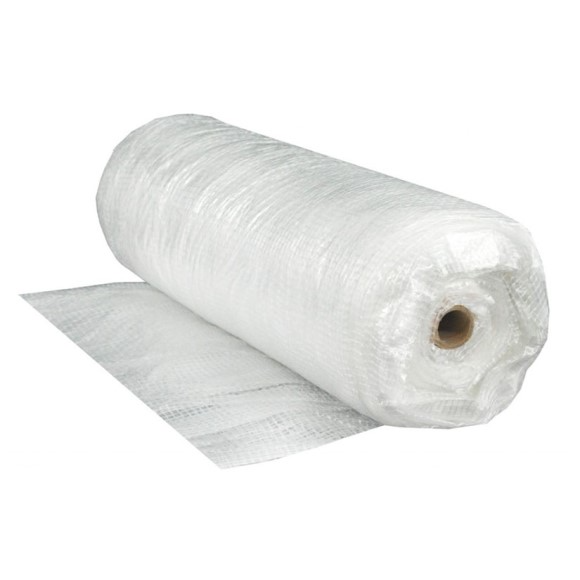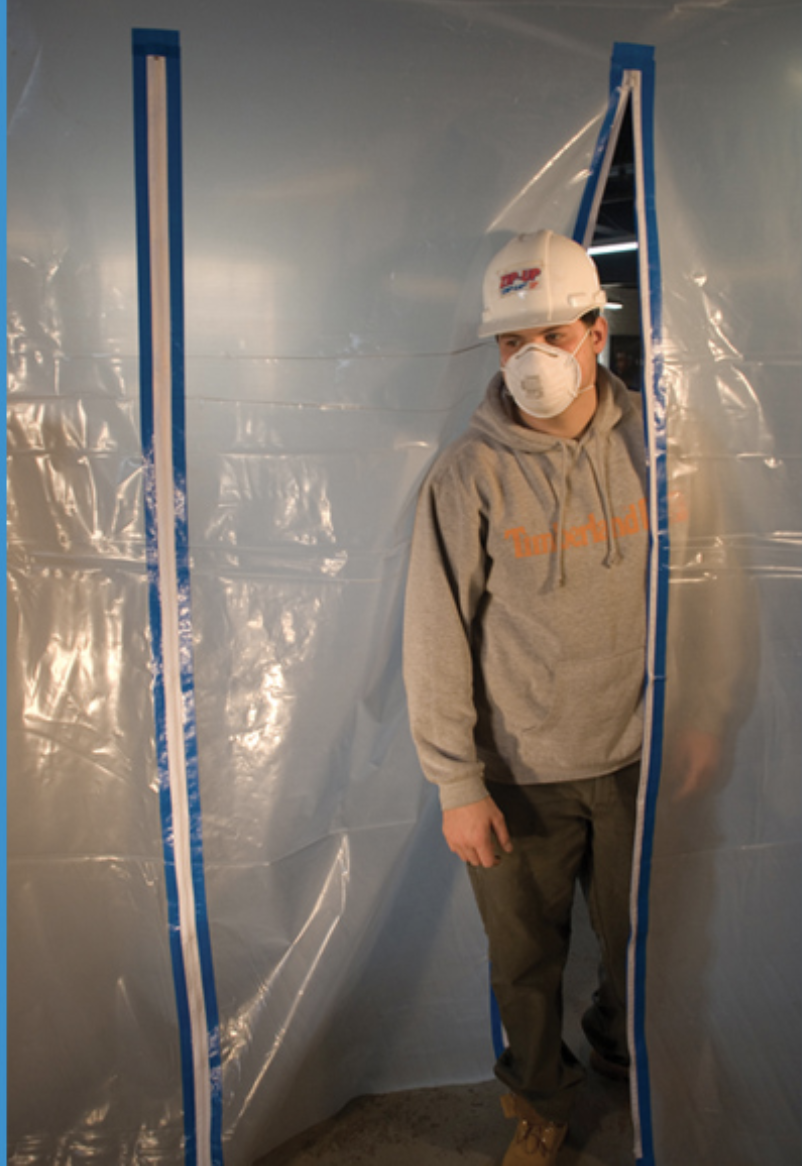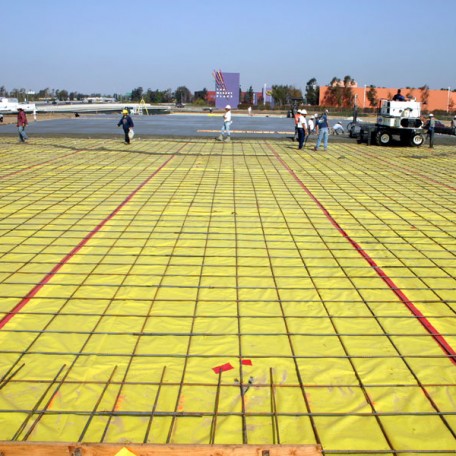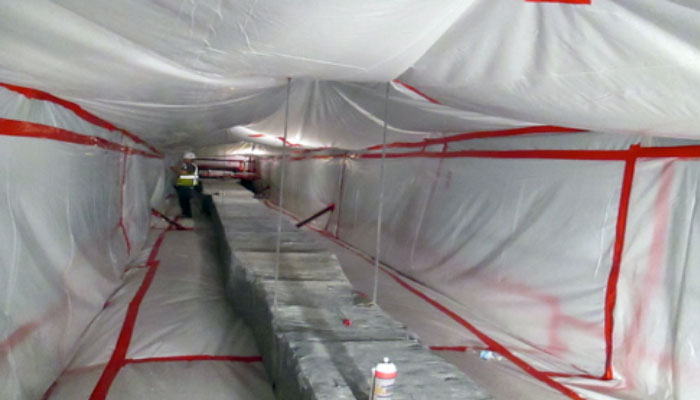Reinforced Poly
By Deb Amorde
Giant sheets of plastic, we’ve all seen them on construction sites or other outdoor venues, but what are they really used for?
Plastic sheeting is basically a polyethylene film made from petroleum that comes in a variety of colors, thicknesses, and qualities - think Saran Wrap only much thicker and for different uses, obviously! It goes by the names Visqueen (a British product), poly sheeting, plastic sheeting, plastic film, polyethylene sheet, and the poly film just to name a few. Poly sheeting is sold in rolls where additives such as U.V. inhibitors, fire retardants, anti-statics, etc. can be introduced to change its functionality and best serve the intended use.
Additionally, plastic sheeting comes is a wide range of thicknesses measured in millimeters or “mils” and the application of your project determines how thick the plastic needs to be. The thicker the film, the stronger it is. The film gets "thicker" as the numbers of "mils" increase. For example, a 10 mil film is thicker than a 3 mil film. For most general construction applications, 6 mil poly is used.

Top 5 Uses in Construction
1. Shelters or Temporary Protection. When weather abatement is a concern, plastic sheeting is often the go-to product for protecting what will lie underneath or creating temporary shelters. Often string reinforced plastic, aka “reinforced poly,” is used because it’s stronger and will hold up to the wind.
.png)
**Photos by Eagle Industries
2. Closing Off Rooms for Remodeling. With the help of an amazing product called ZipWall, which holds plastic sheeting to the ceiling and creates a doorway, you can seal off a room where work is being done and keep all that nasty dust from finding its way into other parts of your house or building.

**Photos from Zip-Up
3. Under Slab Vapor Barrier. Moisture resides in the earth and has a funny way of sneaking to the surface. This moisture is a problem for concrete slabs and the flooring placed on top of it. Under-slab vapor retarders play a very important role in hindering moisture from coming up through the concrete and into the structure.
Today most experts feel engineered films designed specifically for this use should be used. These products are made from 100% virgin resins, have excellent quality control and are tested to a standard called the ASTM E1745, the standard for contact with soil or granular fill used under concrete slabs. These materials are engineered not to decay in this type of application, whereas most construction grade poly will begin breaking down almost immediately and will have lost most of its structural integrity within two years.

**https://bit.ly/2FiBchw
4. Abatement Work for Lead Paint. Lead paint abatement is a big deal. I mean really big deal! It’s very important that lead paint being removed doesn’t contaminate other rooms. This is why plastic sheeting is a great option. Anti-static, fire retardant plastic is great for this application because the lead dust won't stick to the plastic.
 **https://bit.ly/2HM7S5I
**https://bit.ly/2HM7S5I
5. Waterproofing Ponds, Lakes & Canals. Liners for ponds, lakes, and canals use a variety of plastic sheeting called, High-Density Polyethylene or HDPE to line their basins. This virgin poly will hold up to the sun and elements and is designed to keep chemicals from leaching into water sources. HDPE plastic sheeting also protects groundwater from oil drilling and landfills. It’s used to slow run-off on hills and keep lead out of the ocean during shipbuilding projects.
Plastic…love it. Hate it. The choice is yours. But polyethylene sheeting is a versatile product for many practical purposes.